-
Car Reviews
- All reviews
- Midsize SUVs
- Small cars
- Utes
- Small SUVs
- Large SUVs
- Large cars
- Sports SUVs
- Sports cars
- Vans
Latest reviews
- Car News
-
Car Comparisons
Latest comparisons
- Chasing Deals
A new-generation version of Australia’s most popular compact SUV brings in hybrid technology, but will this be the ZS to look good beyond the brochure and list price?
The MG ZS compact SUV has played a pivotal role in driving the British-turned-Chinese brand into a Top 10 volume player in Australia, and ambitions don’t stop there.
MG Australia is targeting a top-three sales position by 2030 with a raft of new models with varying powertrain choices, and these will even include a dual-cab ute if the local company successfully pleads its case with the SAIC mothership.
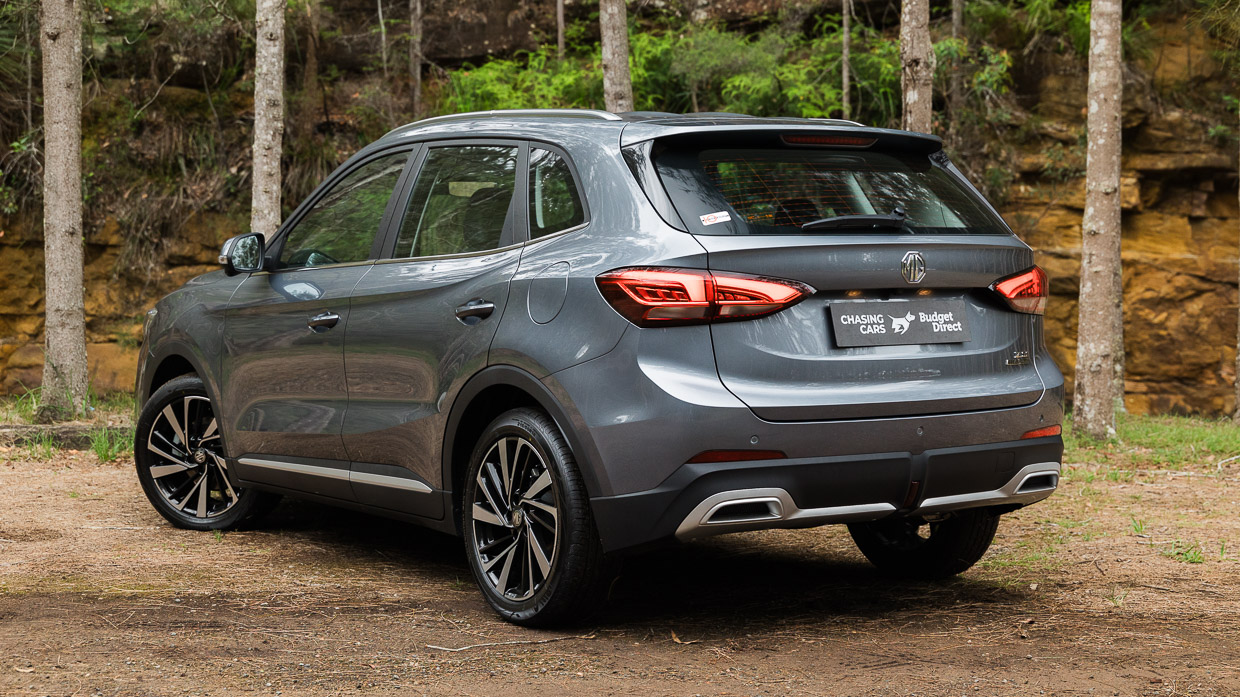
Continuing to bring “good technology” into the mix is also part of the plan, which sees the ZS gain its first ever hybrid drivetrain since the SUV debuted here in 2017 (and not to be confused with the ZS sedan offered here briefly before MG Rover collapsed in 2005).
The ZS Hybrid+ jumps in as the new flagship, with no direct replacement for the fully electric ZS EV (that role goes to a model called the ES5 in China and due here in 2025).
Cheaper petrol models – comprising normally aspirated and turbocharged engines – are coming in early 2025, so ZS pricing for now starts higher than the most expensive version of the outgoing ZST.
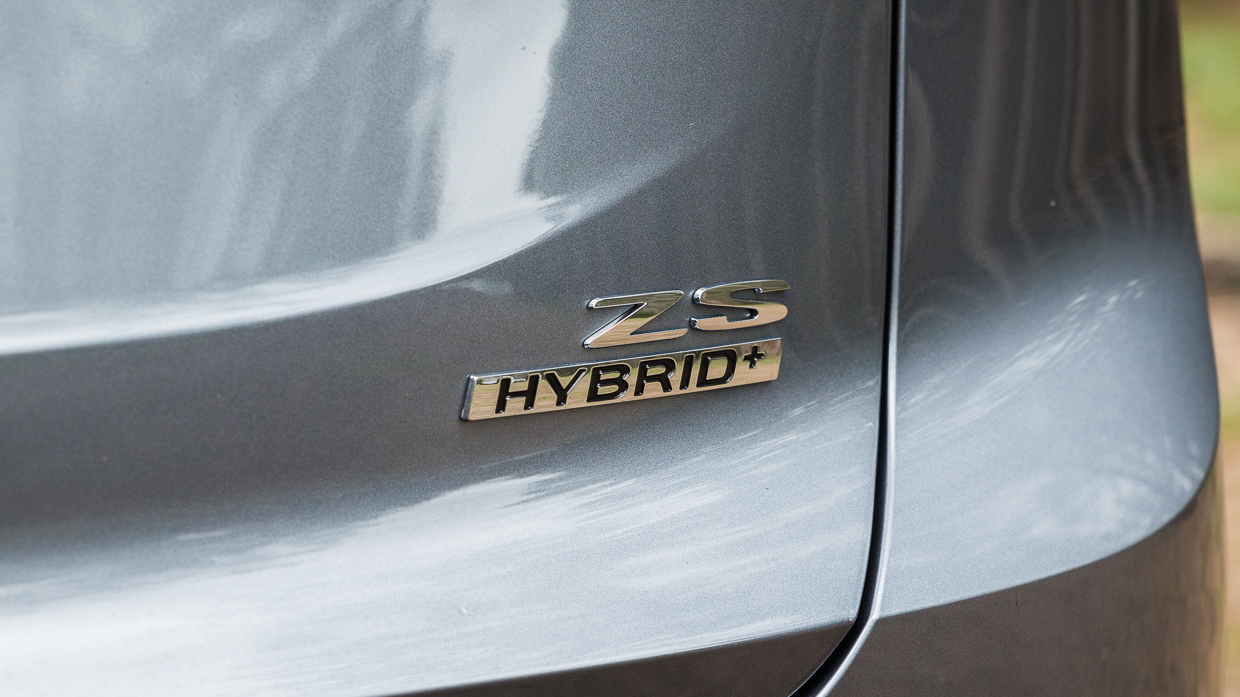
A $33,990 driveaway price for the entry Hybrid+ Excite was announced at launch but it turned out to be a limited-time offer, not expected to last into 2025 from what MG insiders suggest.
Depending on state, drive-away pricing will start from about $37,000 for the base hybrid, with the Essence grade kicking off from approximately $40,000.
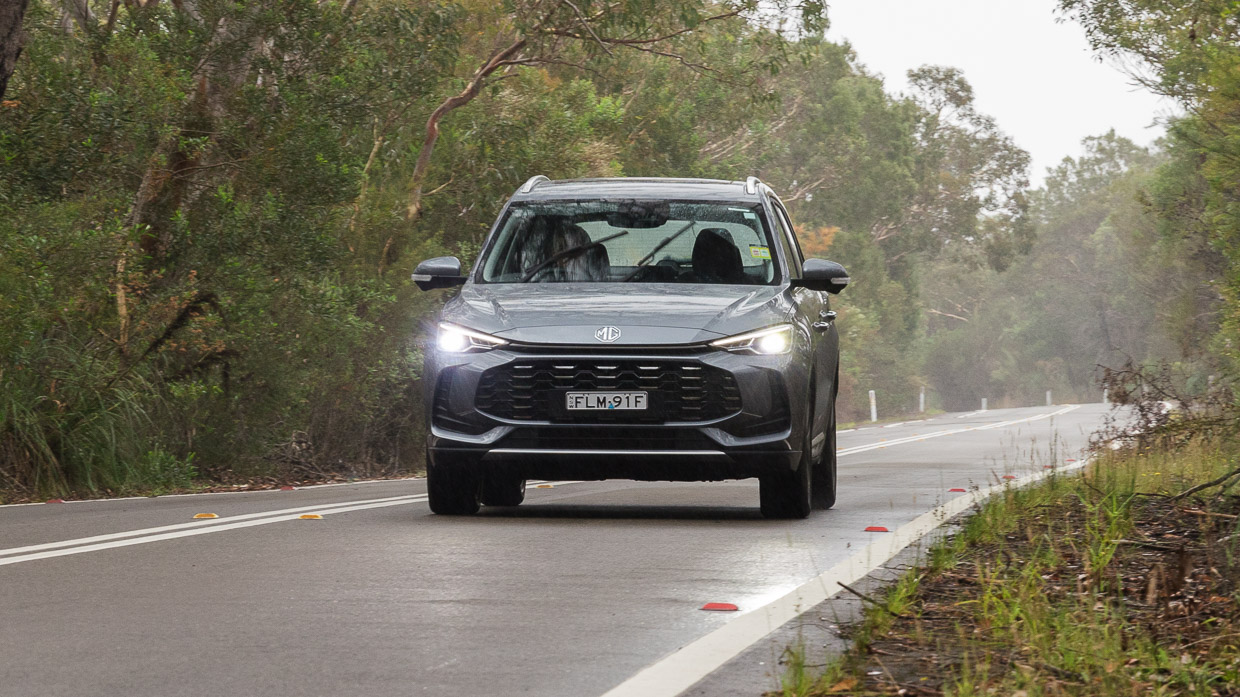
The pricing undercuts all direct hybrid compact SUV rivals bar one – the Haval Jolion from compatriot GWM, which starts from $32,990 driveaway until the end of 2024.
ZS grows by nearly 11cm in length to pass the 4.4-metre mark, with width and wheelbase also increasing but height dropping fractionally. There’s still a good size gap to MG’s 4.7m HS midsized SUV.
Until the cheaper petrol-only ZS models come along in early 2025, there are just the two Hybrid+ options available – Excite and Essence.
There’s a good range of standard equipment even for the Excite, with notable inclusions such as a surround-view parking camera, dual 12.3-inch digital dash displays, factory navigation, keyless entry, LED headlights/DRLs/tail-lights, 17-inch alloy wheels, and smartphone telematics.
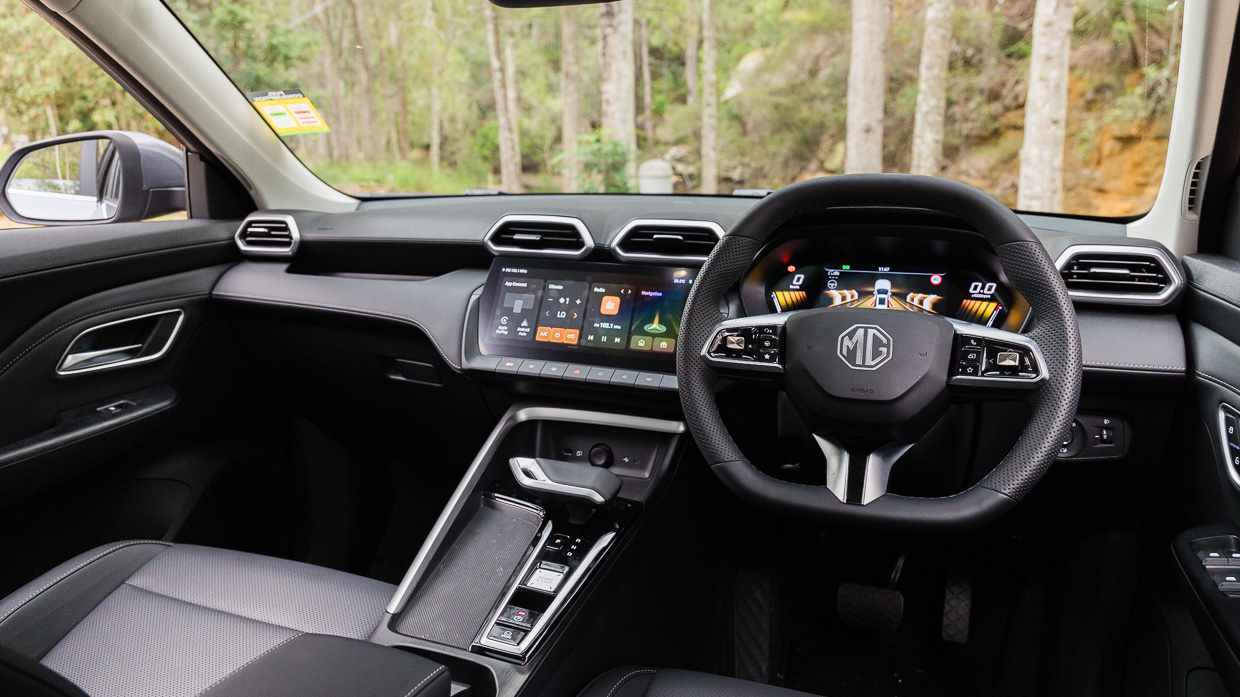
MG tempts buyers into paying an extra circa-$3000 for the Essence with additions such as an electric panoramic sunroof, heated front seats, electrically adjustable driver’s seat, while the upholstery swaps from cloth to pleather, dash/door trim swaps from fabric to pleather, and the steering wheel wrapping changes from fake leather to the real stuff.
The exterior’s main change is a set of 18-inch alloys with a different rim design.
It’s hard to imagine either of the upcoming petrol engines being a more effective fit for the ZS compact SUV, especially if those engines are merely the carry-over normally aspirated 1.5L four-cylinder and turbocharged 1.3L three-cylinder from the outgoing ZST.
Although the petrol-electric drivetrain never feels like it’s delivering its stated combined outputs of 158kW and 465Nm, it certainly grants the ZS punchy acceleration either off the mark or from lower speeds – perfect for urban/suburban touring.
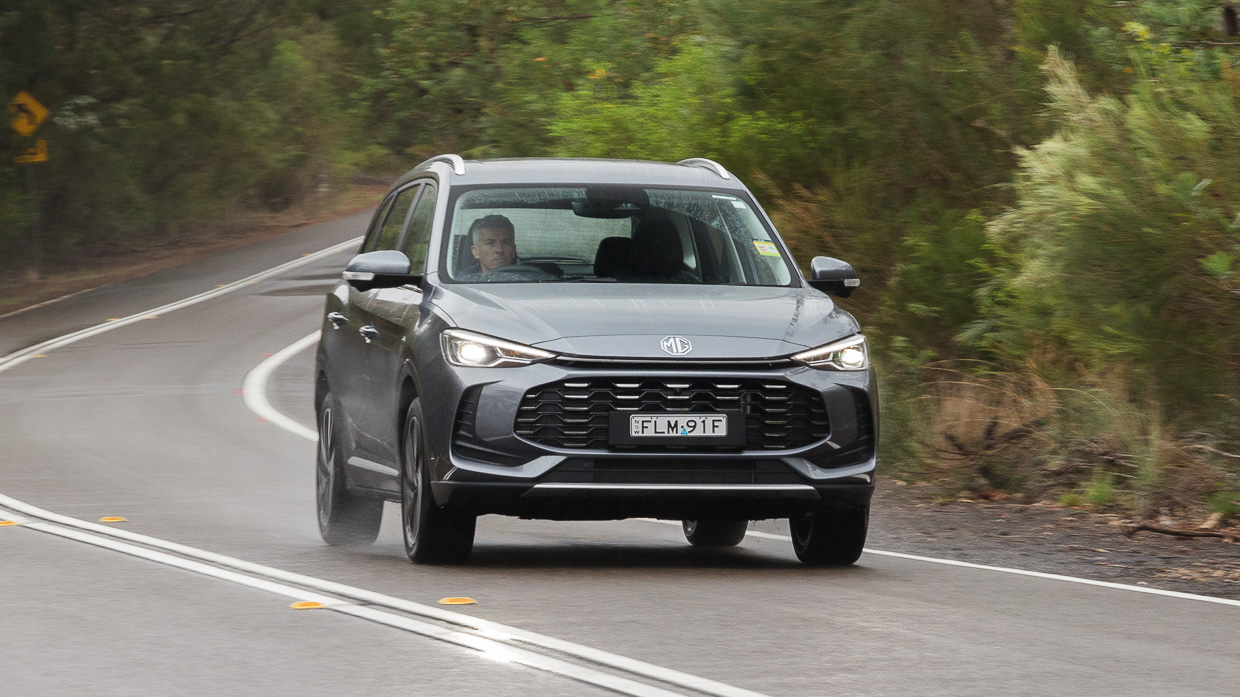
It’s also in city/town scenerios where the driver is given electric-only driving for more time than most hybrid rivals, courtesy of a 1.83kWh battery – which, for helpful perspective, is about 40 percent bigger than the battery found in one of its biggest natural rivals, the Hyundai Kona Hybrid.
There are other elements that make the ZS beautifully easy to drive around the suburbs.
The tight turning circle and effortless steering makes negotiating even the most cramped of underground car parks simple to negotiate, while the brakes are nicely progressive – something we don’t often say about hybrid vehicles with their regen-braking systems.
Regen levels can be changed via the central touchscreen, or via the steering wheel by setting it up as one of the ‘Star’ button shortcuts, ranging from coasting to more aggressive deceleration.
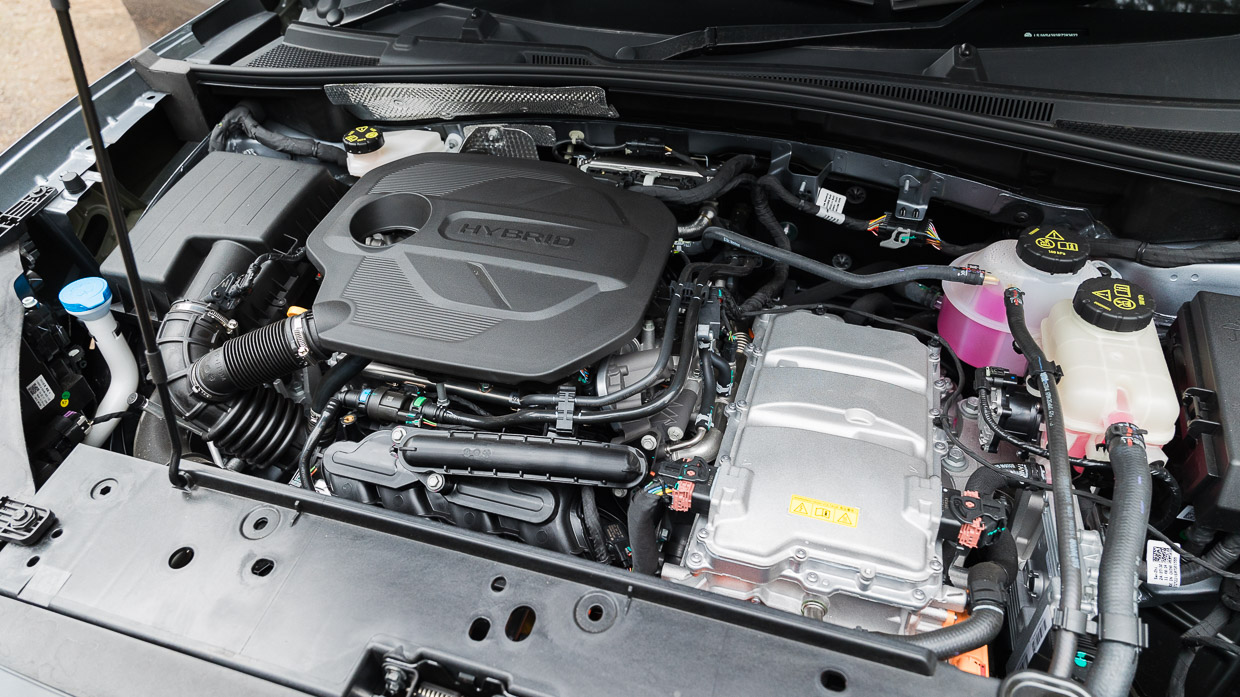
The middle level 2 was our default sweetspot during our week of testing, making for a more fluid driving experience.
The petrol engine will kick in to help recharge the ZS’s battery (which is positioned under the rear seats) when it starts to get low, and it will also join the electric motor in powering the front wheels for harder acceleration or when climbing steeper hills.
Refinement just loses some marks here as the petrol engine revs quite intrusively at times, making a noise that suggests you’re travelling much faster than you are in reality.
On country roads and freeways, the petrol engine is a far busier component, yet the drivetrain can also feel harder work at higher speeds, with drop-offs in throttle response.
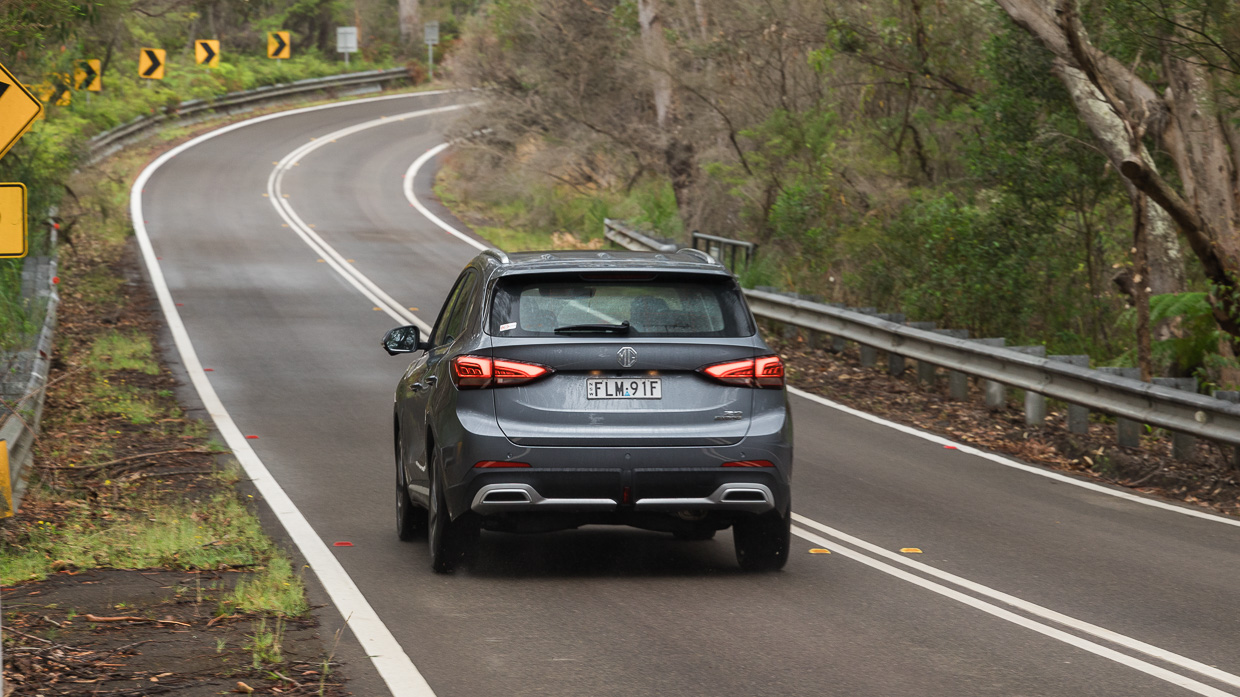
It’s telling that MG claims a very unremarkable 80-120km/h in-gear acceleration figure of 7.2 seconds.
The 8.7sec 0-100km/h claim is more respectable, however – giving the ZS Hybrid+ a 2.2sec jump over the Kona Hybrid as one example, though that makes it slower than a Toyota Corolla Cross (7.5-7.7sec, depending on grade).
It’s fair to say fuel economy is a more important factor for hybrid buyers, and here the ZS is less convincing.
Against a claimed 4.7L/100km claim, we had a best (indicated) figure of 4.8L/100km for suburban-focused trips but many past 6.0L/100km when venturing further out of town.
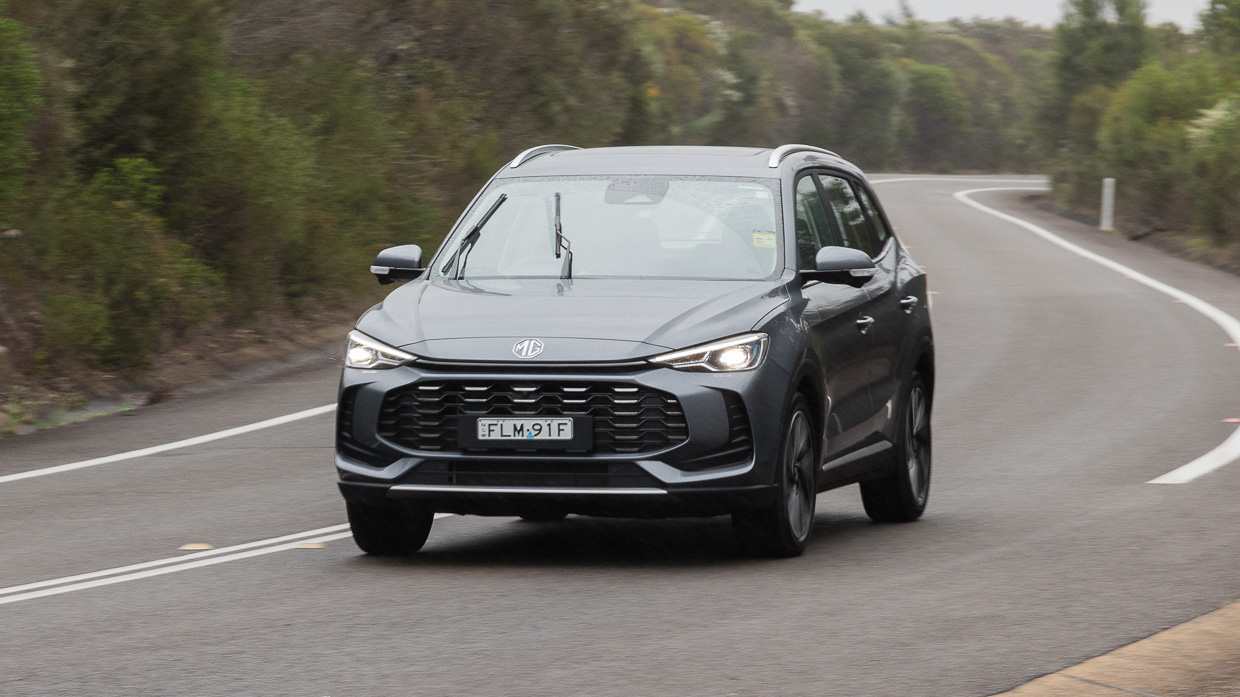
In our most recent test of the Kona Hybrid, we averaged about 4.5L/100km with a best indicated figure of 3.8L/100km.
Another big downside is that, unlike most of its key hybrid rivals, the ZS requires premium rather than regular unleaded.
MG has stuck with a simpler torsion-beam rear suspension for the new ZS, where leading rivals such as the Kona and Nissan Qashqai employ multilink, fully independent rears.
The ZS doesn’t match the ride-comfort consistency of the Kona or Corolla Cross, becoming fussier the more the suspension is challenged by coarser road surfaces. It especially struggles to absorb bigger bumps and potholes.
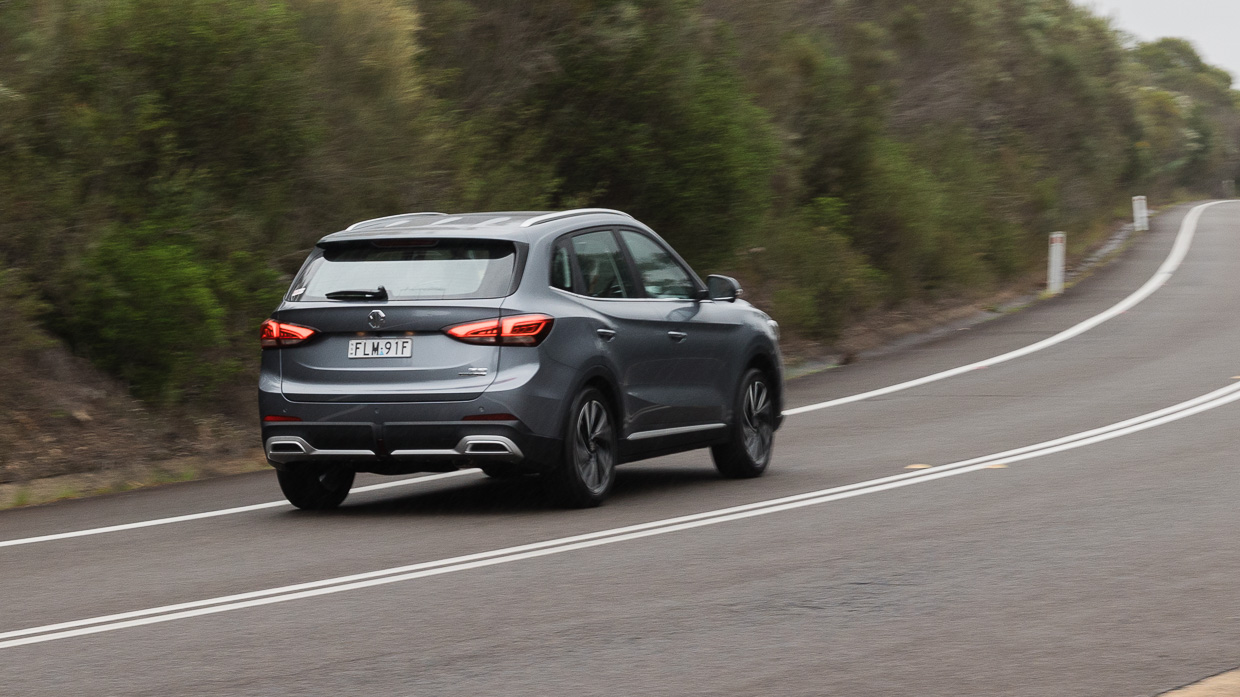
On typical Aussie bitumen, the Essence model’s Giti Comfort tyres also emit plenty of noise.
They provide a good level of grip, however, even on wet roads, and this ties in well with improved handling for the ZS.
Although the MG falls well short of delivering the kind of behind-the-wheel engagement of a Ford Puma – a segment rival despite the lack of hybrid option – there’s plenty of composure around corners and the ZS’s understeer threshold has certainly been raised.
The steering has a numb zone around the straight-ahead which isn’t ideal, though the rack remains uncorrupted even on bumpy country roads.
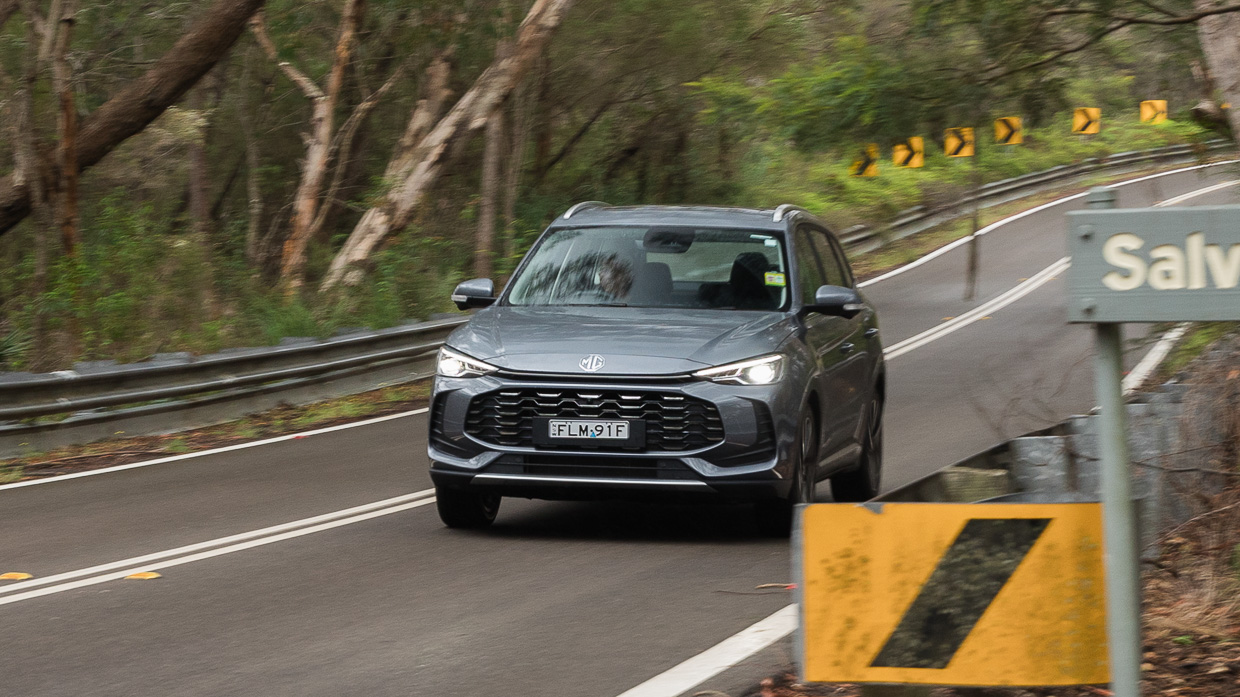
MG needs to rethink its steering-wheel controls, though.
As with other models, the ZS’s buttons are poorly marked and we still find it easy to get confused about how the adaptive cruise (with auto-steer option) works, and the shortcut buttons for functions such as climate control won’t work if CarPlay or Android Auto are in operation.
That means scrambling through the central touchscreen to find the climate control, which is simply too distracting.
We’d be surprised if most owners also didn’t want to pile through the menu layers to find the off button for MG’s Overspeed Limit Warning system that beeps annoyingly at you if you go over a ‘posted’ limit by just one or two km/h.
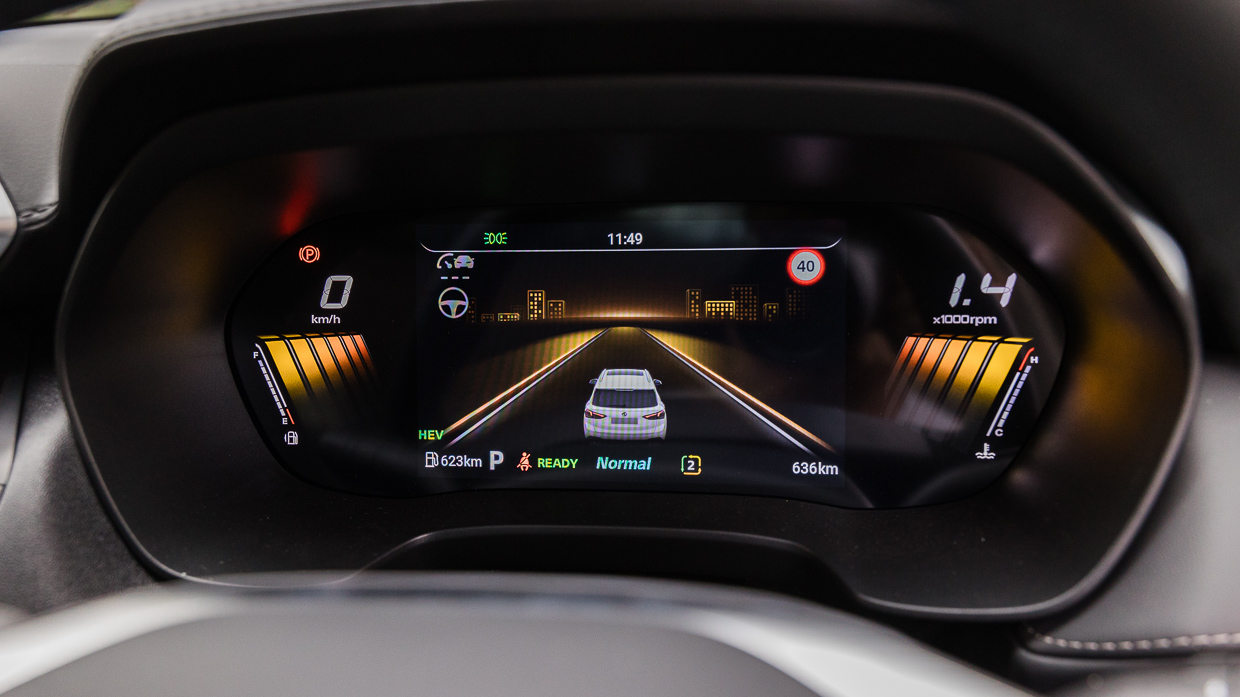
It’s especially annoying when the front camera fails to pick a speed-limit sign correctly, most obviously school zones when out of the relevant hours.
The digital driver display graphics are more Sega Megadrive than PS5, and it offers minimal scope for configuration beyond cycling through the 7.0-inch multifunction part.
The digital speed is placed to the left somewhat unusually, though at least the Hybrid+ includes an Energy Flow monitor to allow drivers interested to see which parts of the drivetrain are involved in the action at any given time.
A quick tip, too. Don’t put your smartphone on the lower storage pad of the centre console – it will be sent quickly flying by the Hybrid+’s bursts of acceleration.
ANCAP independent crash-test results are not yet available for the new ZS. MG will be hoping it can improve upon the sub-par three-star score given to the related MG3 city car.
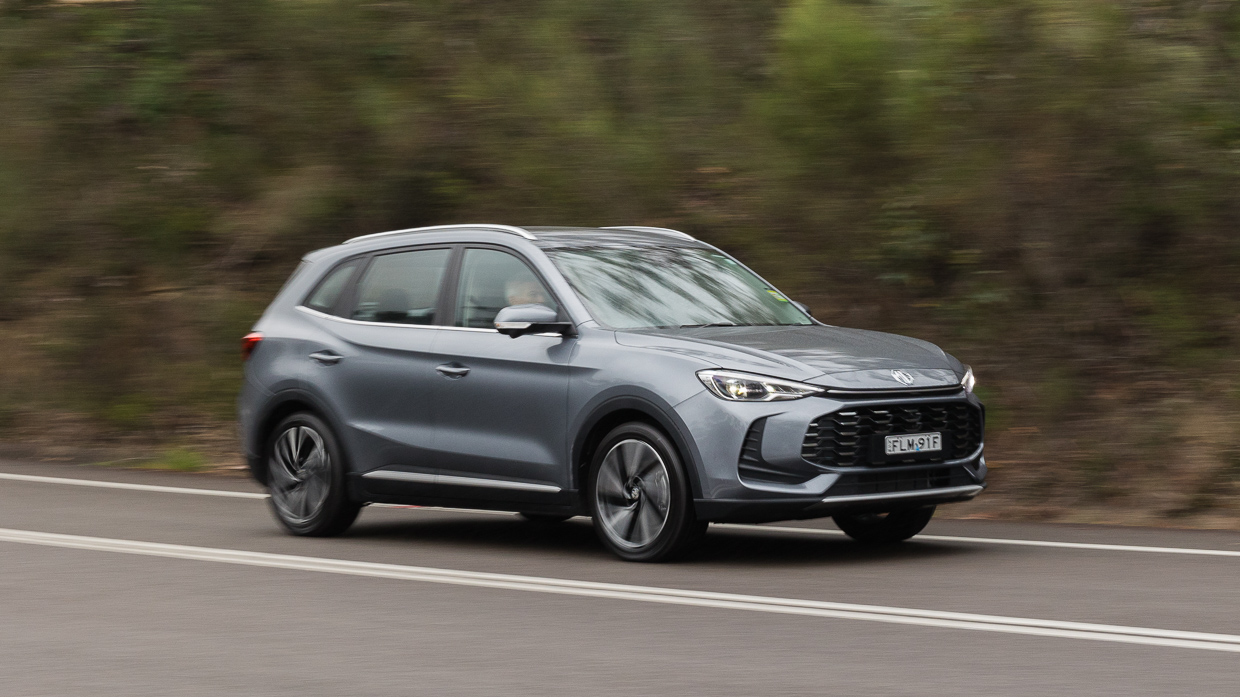
The ZS is much more than a jacked-up MG3, with a very different interior design – including the twin digital displays that are more naturally integrated into the dash than in the city car.
A hexagon theme is also very evident through the multiple air vents, and more unusually the central touchscreen.
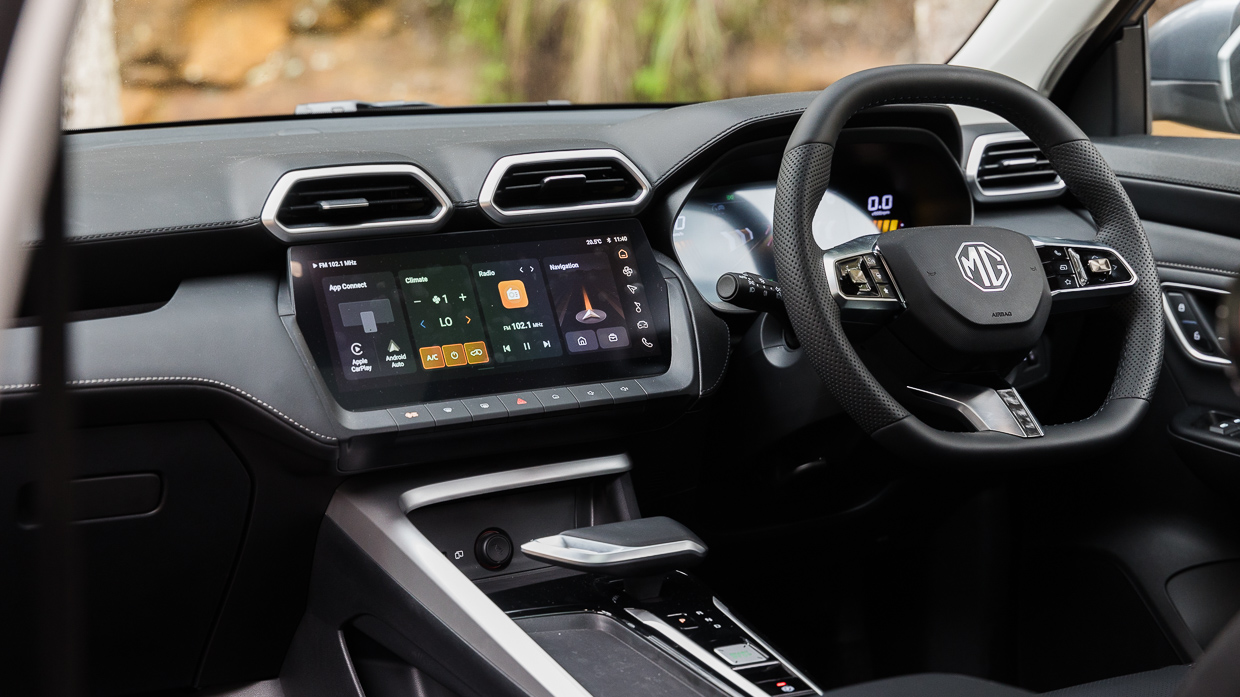
Arguably the most distinctive detail is the wide electronic gearlever that is reminiscent of the ‘yacht thrust lever’ Audi introduced on the fourth-gen (2010) A8 limo.
There’s pleather galore for the Essence’s cabin, and the ZS presentation generally steps up a level in smartness without quite reaching semi-premium status as hard plastics are still a bit too obvious in places – such as the upper doorcards. Smooth joins point to improved build quality, though.
Essence adds subtle cabin extras over the Excite such as sunglasses storage, and mirror/illuminated sunvisors.
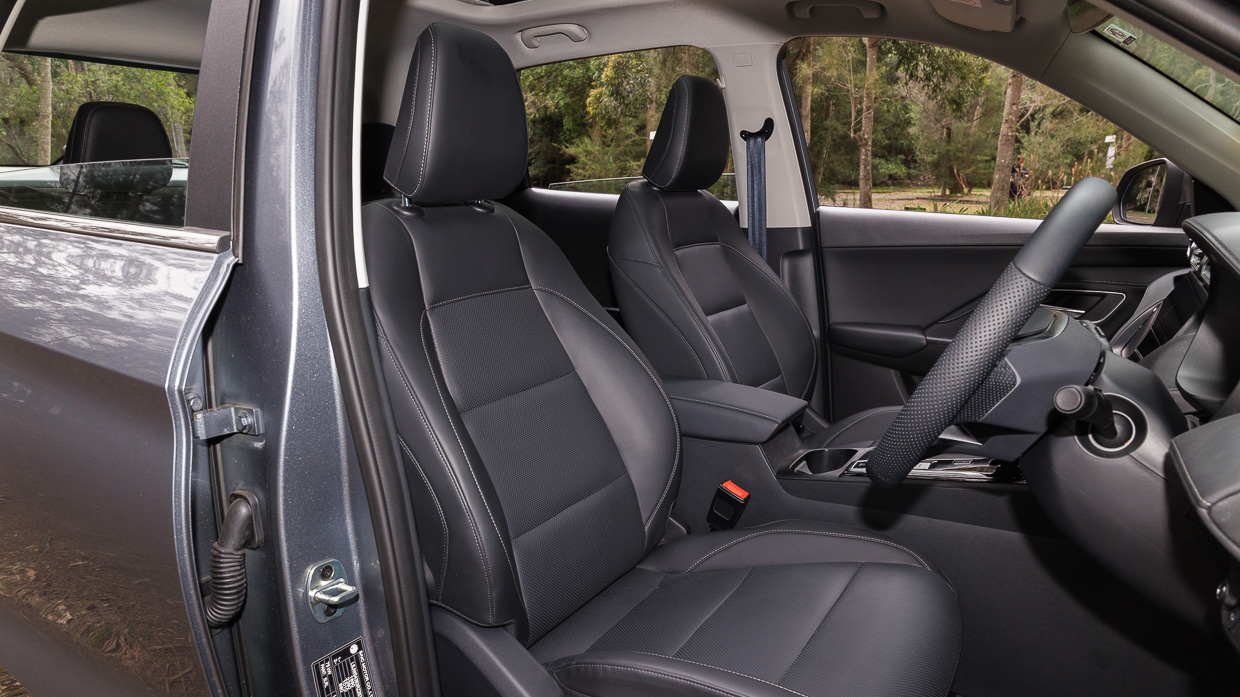
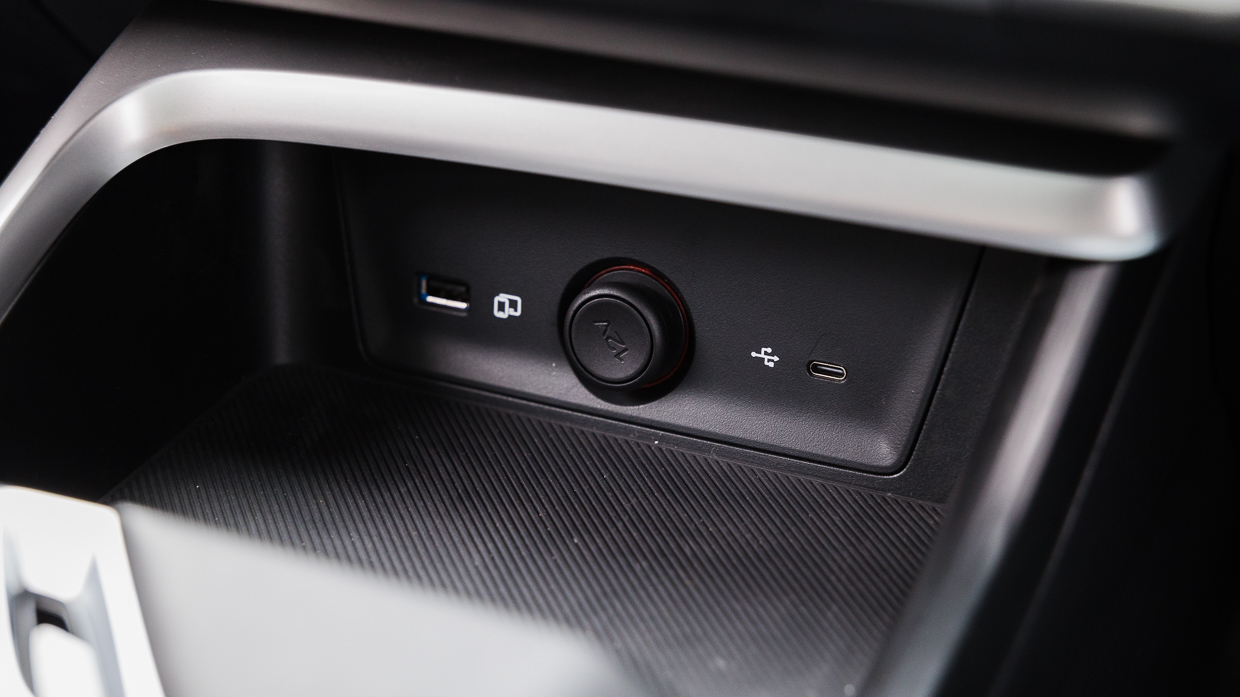
It also gains a driver’s electric seat, though the front-passenger seat remains manual adjust only, and the steering wheel still adjusts only for height not reach – a disappointing money-saving carry-over from the ZS/ZST.
Wireless phone charging is a surprising omission for the new ZS, while CarPlay/Android Auto require a USB-A lead (with a USB-C port also included up front for charging).
Rear-seat space is excellent, with enough legroom and headroom to accommodate six-footers beyond similarly tall occupants.
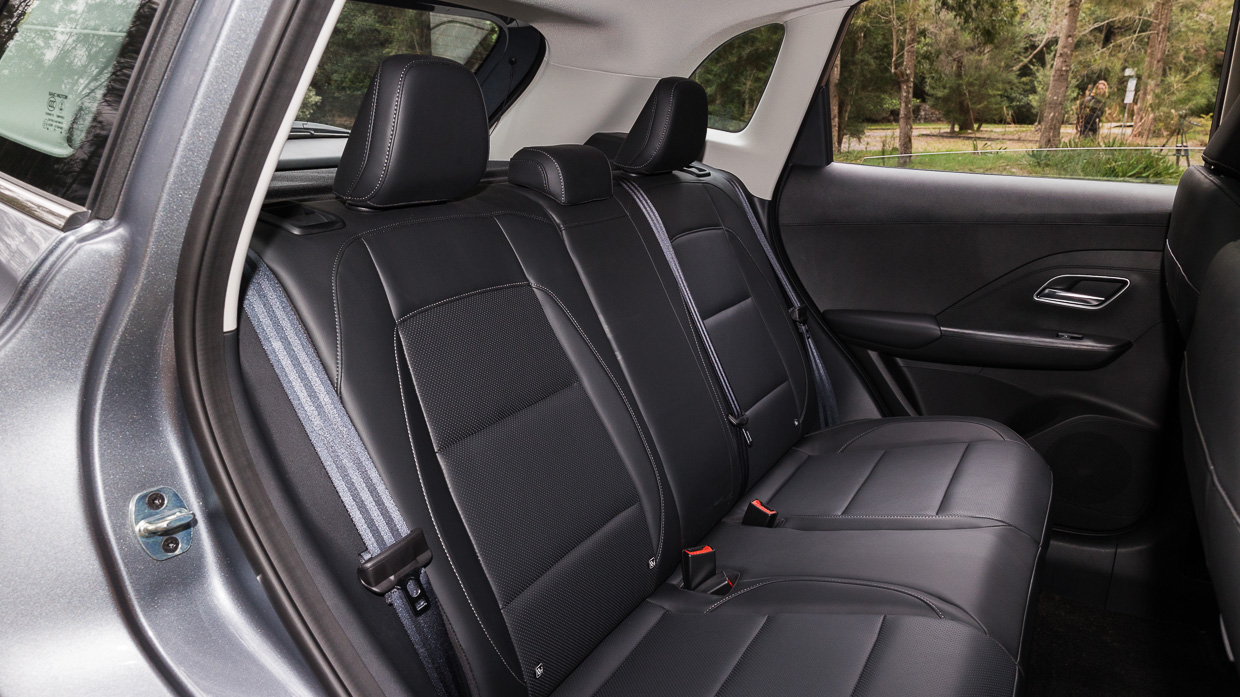
There’s no recline function for the seatback though the angle feels natural.
The rear door pockets increase in size, but more cost-cutting is notable through the lack of a centre armrest and seatback pouches that don’t feature in the Excite.
There are vents, though, as well as a USB-A charging port.
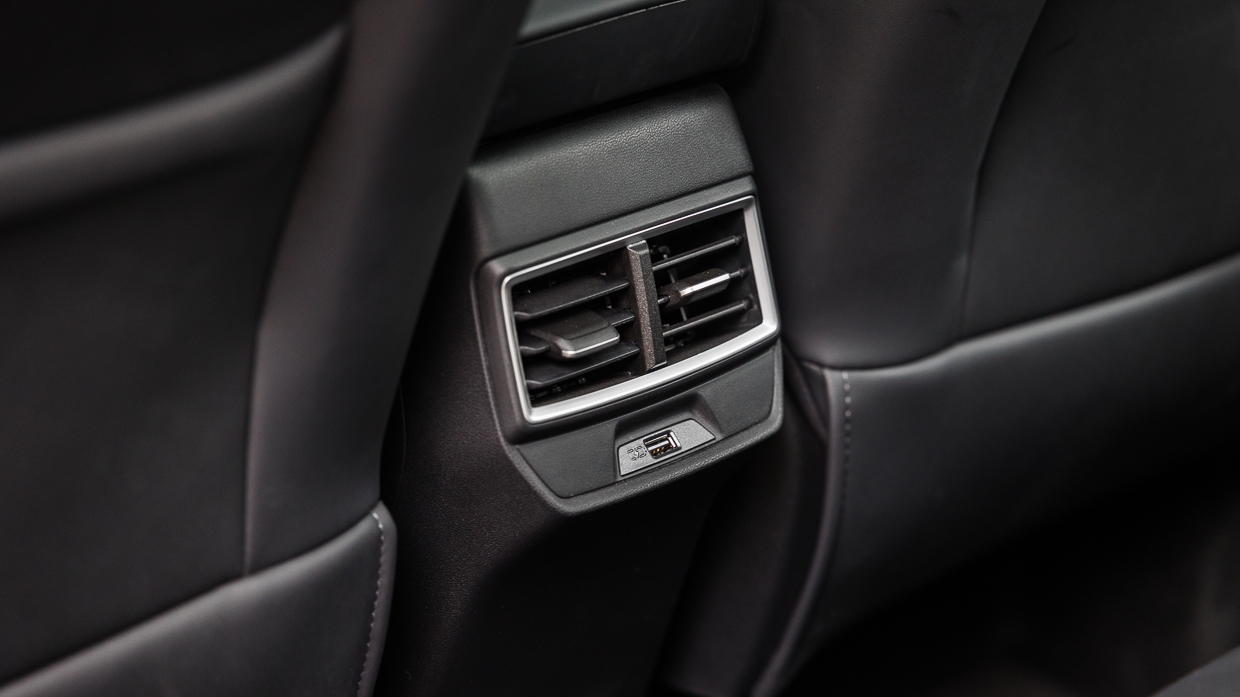
The ZS’s extended length benefits boot space, with luggage capacity increasing from the previous model by 85 litres to a 443L figure that is now one of the best in the segment.
It should be accessed by an automatic tailgate in the Essence model, though.
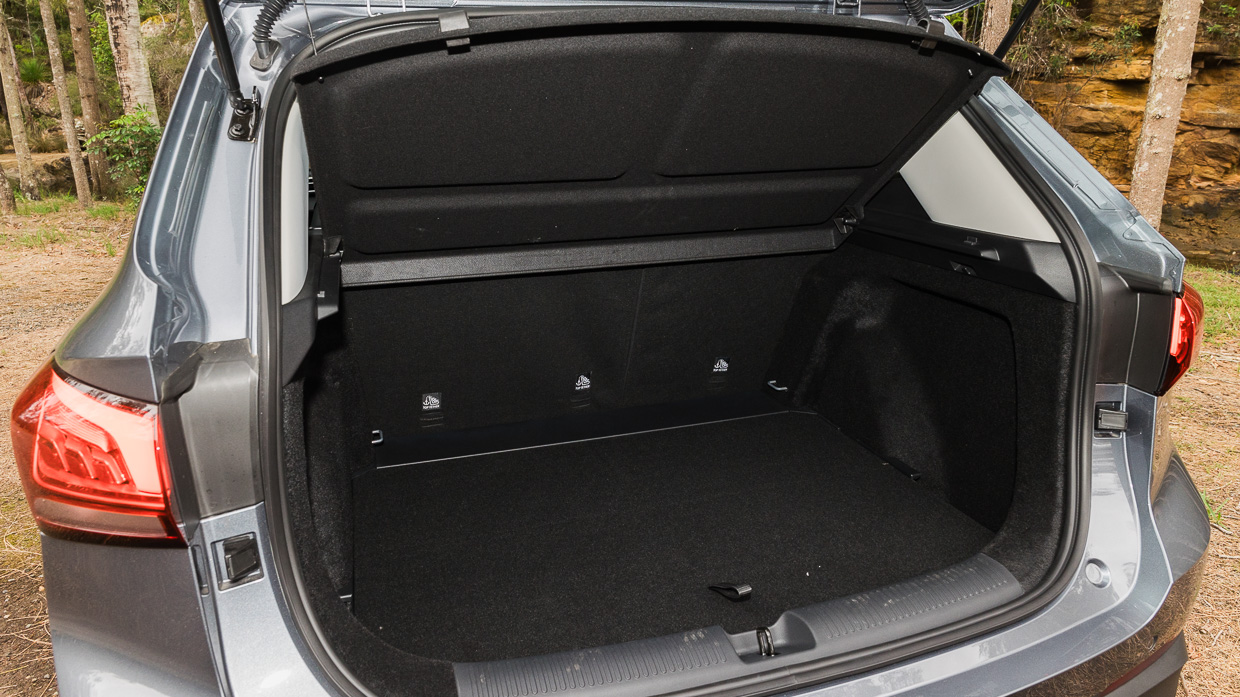
There’s a two-level floor (if not with much height difference), with the top level needed for a fully flat cargo area when the 60-40 seatbacks are lowered.
The boot is otherwise basic, with just a light, moulded bag hooks but no extras such as a 12v socket. The ZS Hybrid also misses out on a spare wheel unlike some rivals.
Toyota consistently offers some of the most affordable maintenance costs in Australia, and MG’s capped price servicing for the ZS actually undercuts the Corolla Cross Hybrid, if only by a tiny amount. ZS owners would pay $1232 in total across five years compared with $1250 for Toyota’s rival.
Intervals are the same: every 12 months or 15,000km.
Running costs aren’t helped by the ZS Hybrid’s need for 95 RON fuel, though MG’s 10-year, 250,000km is an industry stand-out.
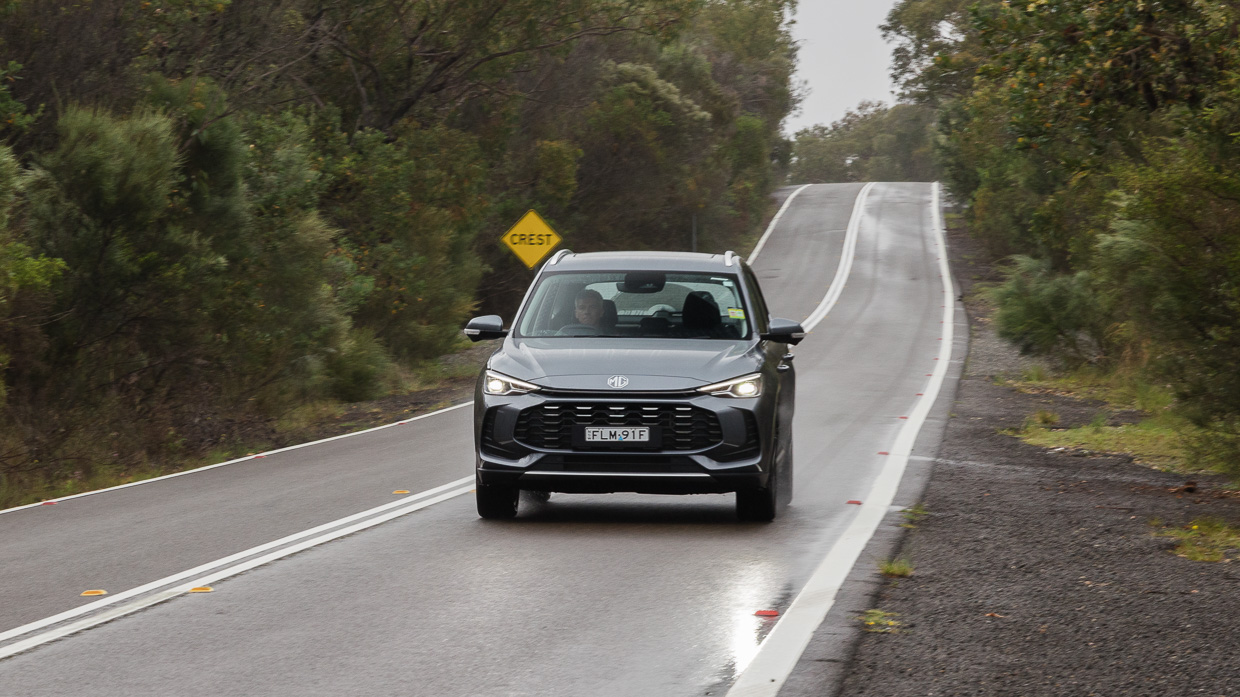
Is the ZS better than before? Undoubtedly. It’s improved across several areas, whether it’s styling, technology, interior space, or handling. Where we would have been reluctant to recommend the old ZS, or even the slightly better ZST, the new generation is a more convincing package.
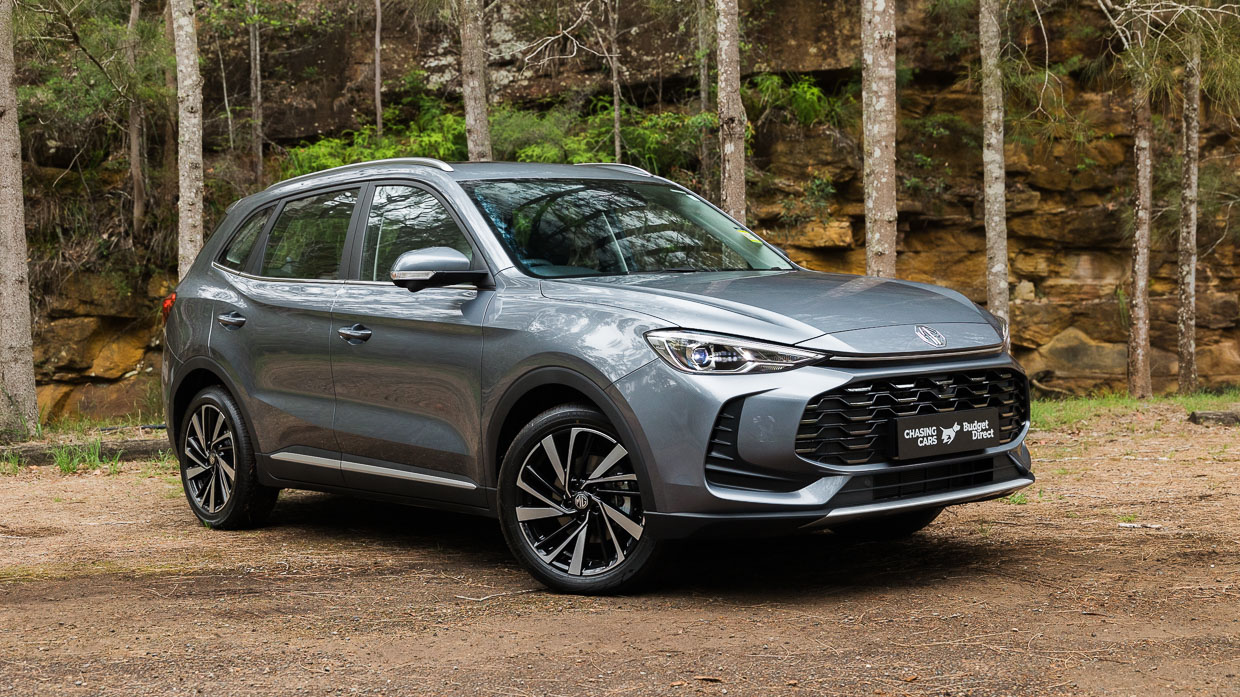
Yet there are still rivals that are better to drive, have some tech that buyers appreciate, and, importantly in the context of hybrids, are more economical.
We’d say sharp pricing remains the ZS’s biggest asset, though for thousands of Australians that will remain the most important, most decisive factor.
Key specs (as tested)
About Chasing cars
Chasing Cars reviews are 100% independent.
Because we are powered by Budget Direct Insurance, we don’t receive advertising or sales revenue from car manufacturers.
We’re truly independent – giving you Australia’s best car reviews.
The estimate provided does not take into account your personal circumstances but is intended to give a general indication of the cost of insurance, in order to obtain a complete quote, please visit www.budgetdirect.com.au. Estimate includes 15%^ online discount.
^Conditions Apply
Budget Direct Insurance arranged by Auto & General Services Pty Ltd ACN 003 617 909(AGS) AFSL 241 411, for and on behalf of the insurer, Auto & General Insurance Company Limited(ABN 42 111 586 353, AFSL 285 571).Because we don’t know your financial needs, we can’t advise you if this insurance will suit you. You should consider your needs and the Product Disclosure Statement before making a decision to buy insurance. Terms and conditions apply.
Indicative quote based on assumptions including postcode , 40 year old male with no offences, licence suspensions or claims in the last 5 years, a NCD Rating 1 and no younger drivers listed. White car, driven up to 10,000kms a year, unfinanced, with no modifications, factory options and/or non-standard accessories, private use only and garaged at night.
^Online Discounts Terms & Conditions
1. Discounts apply to the premium paid for a new Budget Direct Gold Comprehensive Car Insurance, Third Party Property Only or Third Party Property, Fire & Theft Insurance policy initiated online on or after 29 March 2017. Discounts do not apply to optional Roadside Assistance.
2. Discounts do not apply to any renewal offer of insurance.
3. Discounts only apply to the insurance portion of the premium. Discounts are applied before government charges, taxes, levies and fees, including instalment processing fees (as applicable). The full extent of discounts may therefore be impacted.
4. We reserve the right to change the offer without notice.